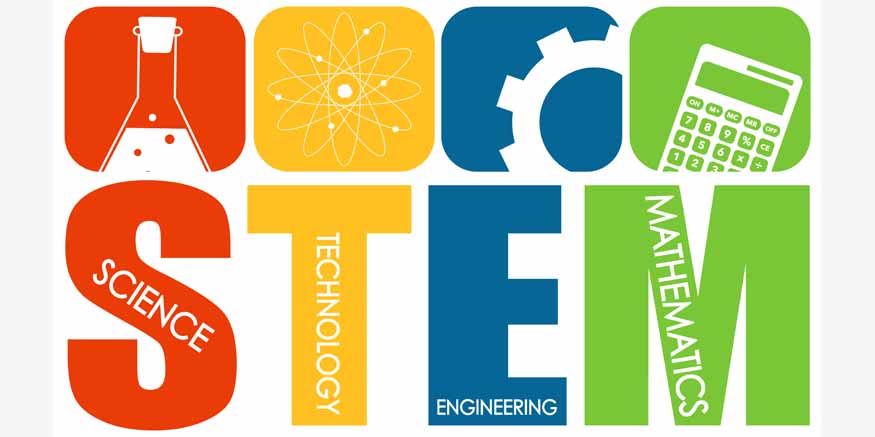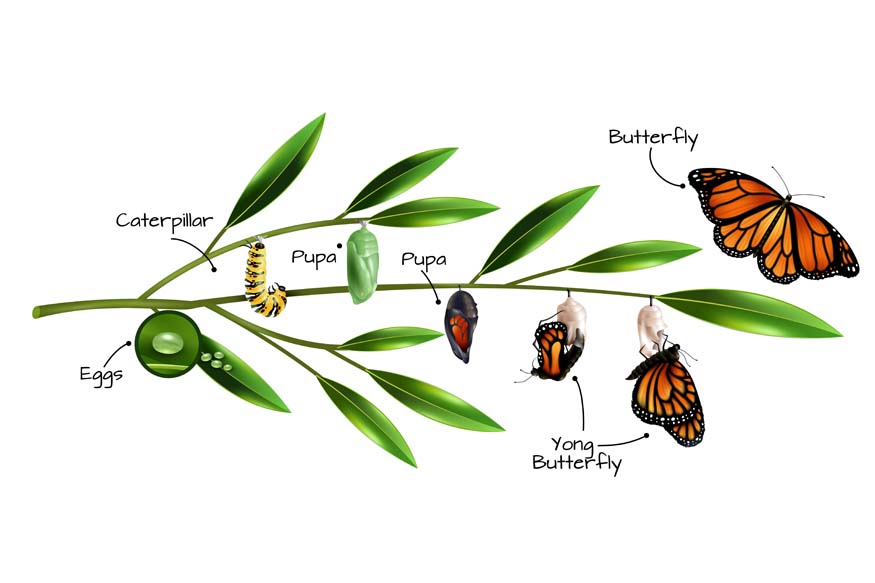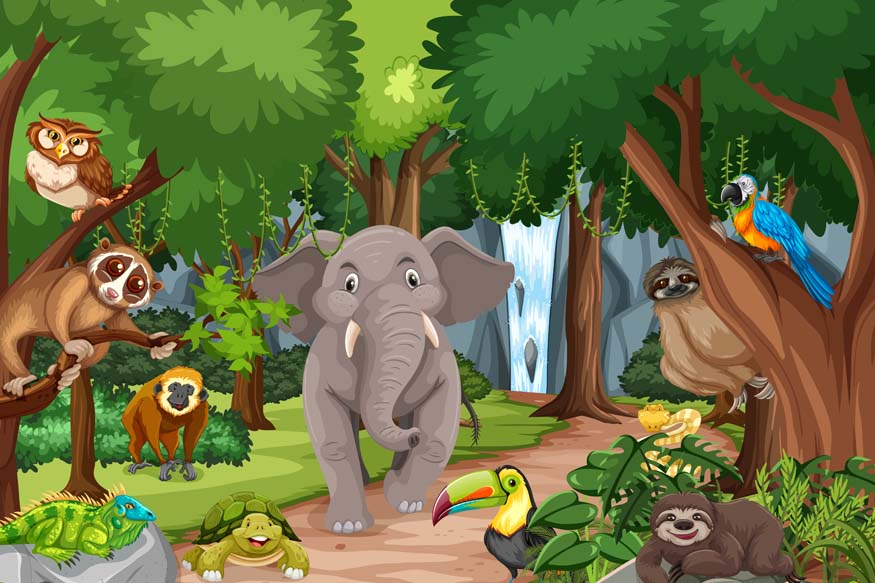Today, let us delve into something that has been reshaping how students learn and prepare for the world: STEM education. If you are wondering, STEM stands for Science, Technology, Engineering, and Mathematics. These four disciplines form the pillars of modern learning and are essential for building critical thinking and problem-solving skills. For CBSE (Central Board of Secondary Education) schools, STEM education plays a vital role in equipping students with the tools they need to succeed in the 21st century. So, let us explore what STEM education is all about and why it is so important in CBSE schools.
Why STEM Education Matters
STEM education focuses on an interdisciplinary approach, integrating the four subjects rather than teaching them in isolation. It is about applying knowledge in real-life scenarios, fostering creativity, and encouraging students to think outside the box. In CBSE schools, where education is already structured around building foundational skills, STEM brings a practical, hands-on approach to learning.
Why does it matter? Well, look around. Almost every innovation we see is a product of STEM, from smartphones and electric cars to lifesaving medical equipment. By fostering curiosity and nurturing scientific temperament, STEM education prepares students to face global challenges and explore uncharted territories.
Key Benefits of STEM Education in CBSE Schools
- Fosters Critical Thinking and Problem Solving
- Prepares Students for Future Careers
- Encourages Creativity and Innovation
- Builds Teamwork and Collaboration Skills
- Makes Learning Fun and Interactive
STEM education trains students to analyse situations, think critically, and develop solutions to real-world problems. This skill becomes invaluable not only in academics but also in day-to-day decision-making.
With the increasing role of technology in every industry, STEM skills are in high demand and, professions in engineering, artificial intelligence, space exploration, biotechnology, and renewable energy are high in demand. Early exposure to STEM prepares CBSE students for these dynamic and well-paying fields.
Fun Fact: According to a report by the World Economic Forum, 65% of students entering primary school today will work in jobs that do not yet exist—most of them likely to emerge from STEM-related industries.
STEM is about formulas, codes and imagining new possibilities. Whether it is designing a robot, coding an app, or creating a sustainable energy model, students are encouraged to think creatively and experiment.
Most STEM activities involve group projects, teaching students how to collaborate, share ideas, and value diverse perspectives. These interpersonal skills are crucial for success in both academic and professional settings.
Solving complex math equations or memorising chemical reactions can be tedious. STEM transforms these subjects into exciting, hands-on activities like building models, coding games, or conducting experiments. Learning becomes an adventure rather than a chore.
STEM Initiatives in CBSE Schools
CBSE has recognised the importance of STEM education and introduced several initiatives to promote it among students. Programs like the Atal Tinkering Labs (ATL), introduced under the Atal Innovation Mission, encourage students to explore STEM through hands-on projects and mentorship.
Moreover, CBSE-affiliated schools are increasingly using technology in classrooms, such as smartboards, virtual labs, and 3D printing tools, to enhance STEM learning. Coding and robotics are now being integrated into curriculums, helping students stay ahead in the digital age.
Real-World Applications of STEM
STEM education is not just theoretical but the backbone of real-world innovations.
Space Exploration: STEM makes it possible to launch rockets, land rovers on Mars, and explore the mysteries of the universe.
Environmental Conservation: From developing renewable energy sources to creating technology for cleaner water, STEM helps us tackle pressing environmental issues.
Medical Advances: Robotic surgeries, artificial limbs, and life-saving vaccines are all results of STEM innovations.
Everyday Technology: The smartphones we use, apps we rely on, and even the virtual assistants we interact with (like me!) are products of STEM.
Fun Facts About STEM
- The first programmable computer, called the Zuse Z3, was created in 1941 by a German inventor named Konrad Zuse.
- India’s Mars Orbiter Mission (Mangalyaan) made it into space with a budget of just $74 million—less than the cost of making the Hollywood movie “Gravity”! Talk about STEM at its best.
- Marie Curie, a pioneering scientist in STEM, was the first person to win two Nobel Prizes in two different sciences (Physics and Chemistry).
How Parents and Teachers Can Support STEM Learning
Encouraging STEM education is a team effort. Here are some ways parents and teachers can support students:
- Encourage Curiosity: Answer your child’s questions about how things work and encourage them to explore their interests.
- Provide Hands-On Opportunities: Engage in activities like building simple circuits, creating science experiments, or using DIY robotics kits.
- Integrate Technology: Introduce kids to educational apps, coding platforms, and online courses tailored for young learners.
- Support School Initiatives: Participate in STEM fairs, coding boot camps, and other school events that promote STEM learning.
The Future of STEM Education in CBSE Schools
With advancements in technology paving the way for innovative learning experiences, the future of STEM education in CBSE schools looks bright. Virtual reality (VR), artificial intelligence (AI), and machine learning (ML) are likely to become integral parts of STEM curriculums. Additionally, partnerships with tech companies and research institutions will provide students with invaluable exposure to cutting-edge technologies.
STEM education is not just about preparing students for specific careers—it is about shaping them into critical thinkers, innovators, and responsible global citizens. By embracing STEM, CBSE schools are ensuring that their students are ready to tackle the challenges and opportunities of the future.
Conclusion
STEM education is more than just a buzzword—it is a necessity in today’s world. By integrating science, technology, engineering, and mathematics, CBSE schools are empowering students to become problem solvers, innovators, and leaders. Whether it is building a robot, designing a sustainable energy solution, or developing an app, STEM education opens the door to limitless possibilities.
For more such informative/interesting blogs, visit Center Point School.





